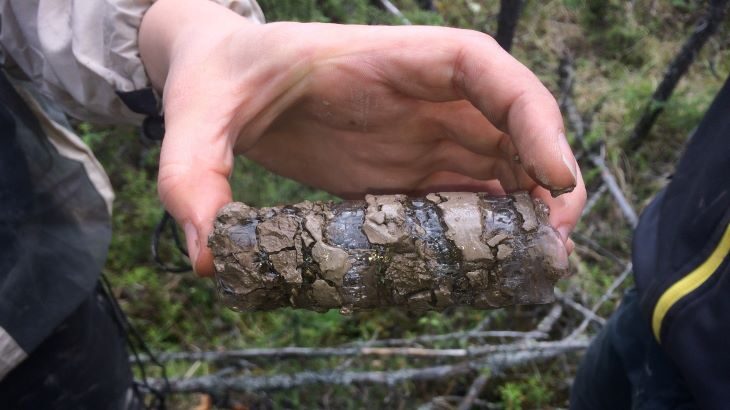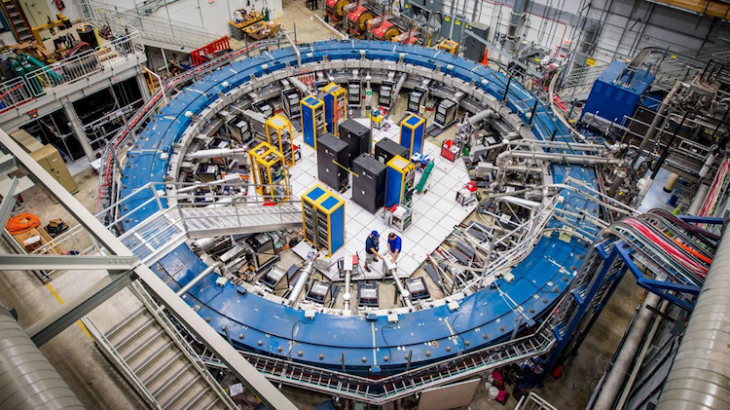
By Charles Gauthier, new science communicator “So, it’s frozen mud?” my roommate asks when I try to explain my research topic to him. Since starting his own research in quantum physics, he has mastered the art of simple idioms. Perks of the trade, I suppose. This frozen mud, however, covers half of Canada’s land mass. […]







